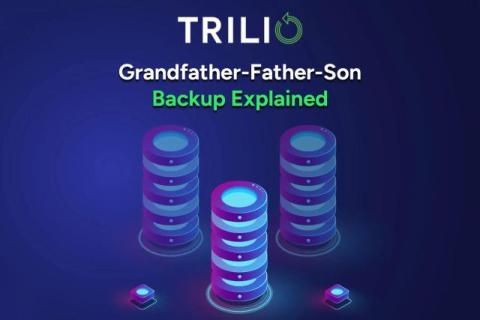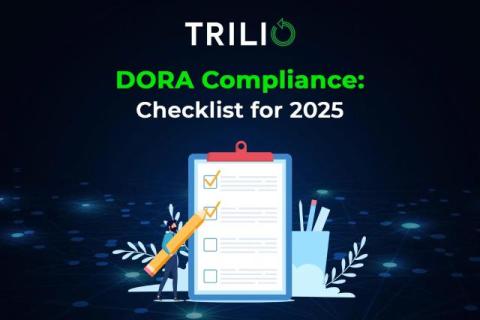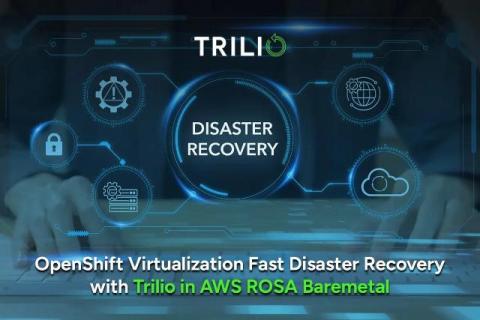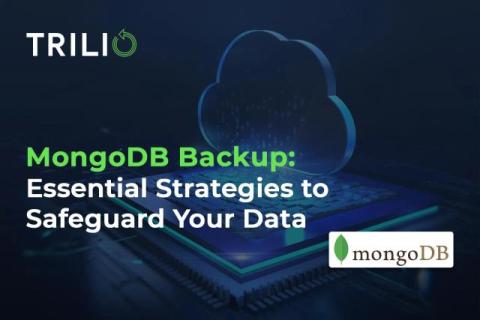How to Protect Your Data with Backup as a Service
With modern businesses increasingly relying on multitenant and multicloud platforms, safeguarding critical data has never been more crucial. Backup as a Service (BaaS) offers a scalable, efficient way to protect valuable assets and ensure business continuity in the face of unexpected incidents.










